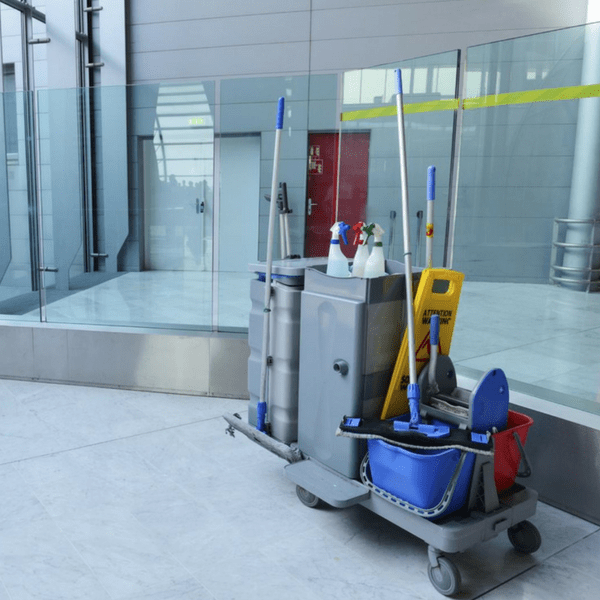7 Restaurant Performance Metrics
How Healthy is Your Business?
If you run a restaurant or other business in the food service industry, you may not be entirely sure how well you’re doing. And, if you don’t know how well you’re doing today, how can you improve for tomorrow?
In order to improve how your business operates, you first need to understand certain performance metrics. By continually tracking these metrics and testing new ideas, you can quickly figure out what works and what doesn’t work for your business.
Toast Restaurant Management recently put together an excellent article highlighting seven of these metrics. It’s important for you to understand these concepts and their significance.
- First, and perhaps most important, is the Break Even Point. This represents the amount you’d need to do in sales to recoup your investment. It’s a useful metric for seeing how long it would take for a new piece of equipment to pay for itself. If you’re trying to open a restaurant, it’s information that you’ll likely have to share with potential investors. And, if you’re trying to decide whether to renovate, knowing your Break Even Point can help inform your decision.
- The Cost of Goods Sold (COGS) is essentially the cost of your inventory. It’s important to track how much money is invested in your inventory because it’s usually one of the largest expenses associated with running a business in the food industry. It’s also a great area to focus on when trying to improve your profitability because every dollar you save is another dollar added to your bottom line.
- Your Overhead Rate represents the fixed costs associated with your business spread out over the number of working hours. Therefore, lengthening your hours of operation (or being open another day) will lower your overhead rate. It’s a good metric for helping to figure out how much productivity you’re getting for your fixed expenses.
- The Prime Cost is the sum of your establishment’s labor costs and the Cost of Goods Sold. The average restaurant has a 60% Prime Cost, so ideally you’re going to try to find a way to get yours below that number.
- The Food Cost Percentage represents the difference between the cost to make a menu item – specifically the price of the ingredients – and its selling price. While it would be great if customers loved the most profitable menu items, your patrons probably won’t be so obliging. The average is usually between 28-35%. If you know that certain items make a lot more money, you may consider listing them more prominently on your menu or advertising them more visibly.
- Your Gross Profit is the amount of money you make after accounting for the Cost of Goods sold. This money is then used to pay off your other expenses (including labor), reinvest in your business, and to take home as profit.
- Finally, there’s the Employee Turnover Rate. Nobody likes losing an employee. It can disrupt your business (resulting in downtime), it takes time away from more important tasks to replace them, and, when you finally do get a new employee, you still have to train them… and even then it takes a while to really get them up to speed. Whether an employee quits or is fired, you’re going to lose productivity. Unfortunately, the food services industry is known for having an extremely high employee turnover rate. In fact, the restaurant industry averages a 62.5% turnover rate, which is significantly higher than the overall private sector’s 42.2% turnover rate. Getting a handle on employee turnover can help to stabilize your operating expenses so you have a better idea of what to expect on a month-to-month basis which, in turn, makes planning that much easier.
Once you have a strong understanding of these metrics, you will be able to assess the health of your business and make changes that will lead to your success.
About Johnston
Johnston has always stood for reliability, commitment, quality, and service. Our heritage means years of accumulated industry knowledge, the ability to see the bigger picture, and the know-how to determine the best possible approach. Combining this mastery with the drive to deliver exceptional results, Johnston goes beyond sales, developing strategic, end-to-end tailored solutions for each customer since 1881.



